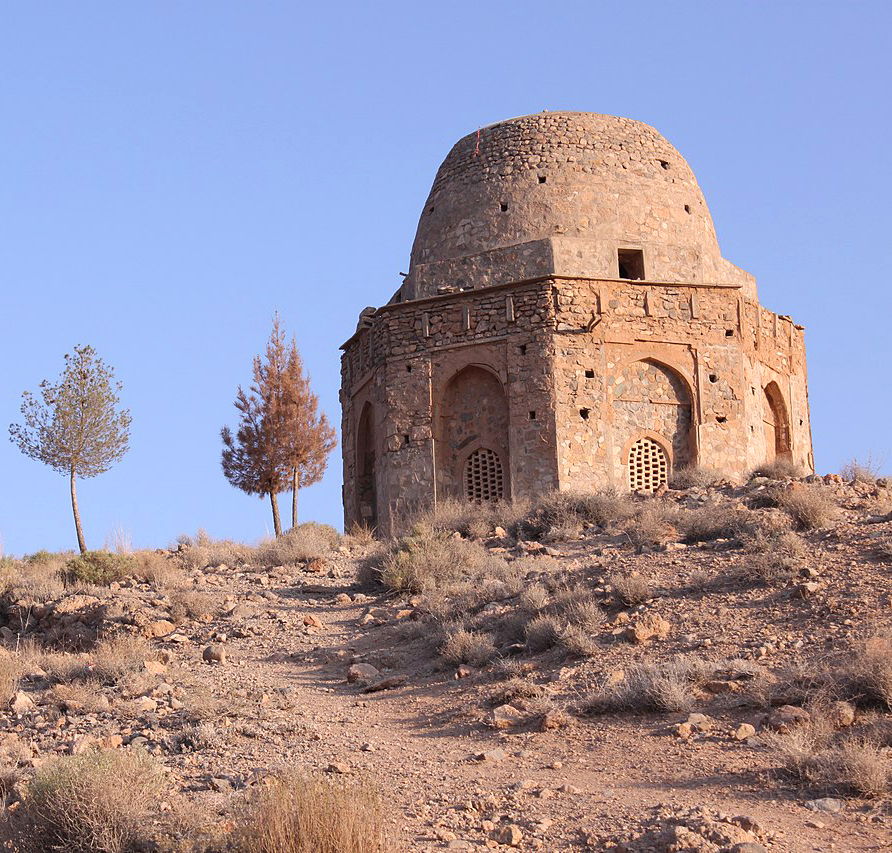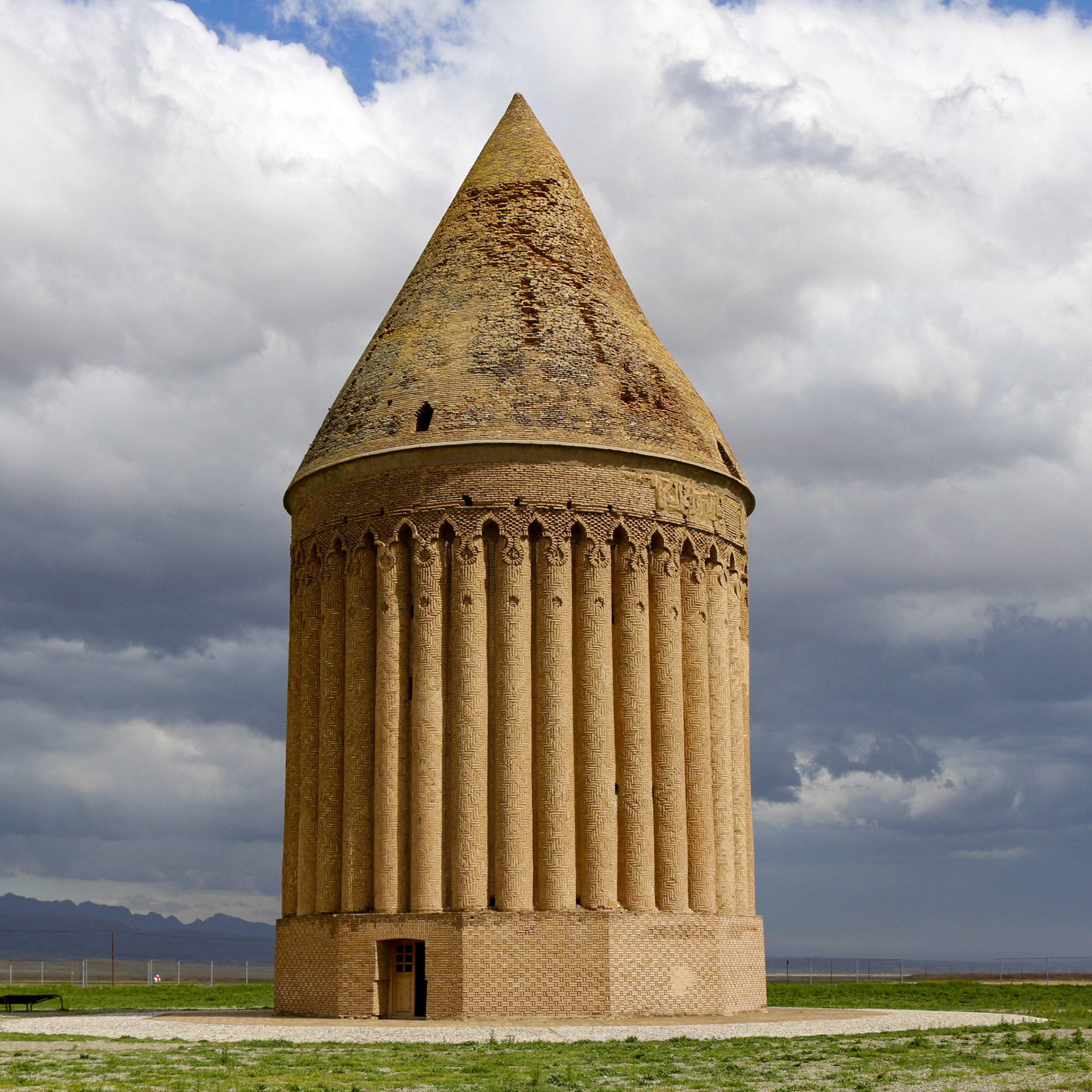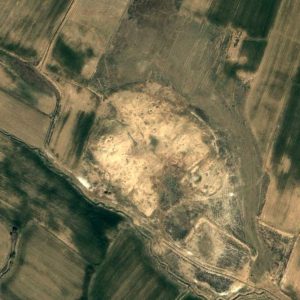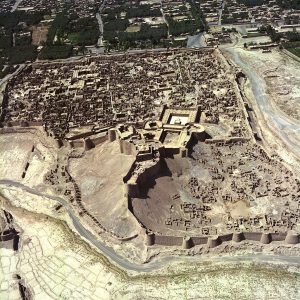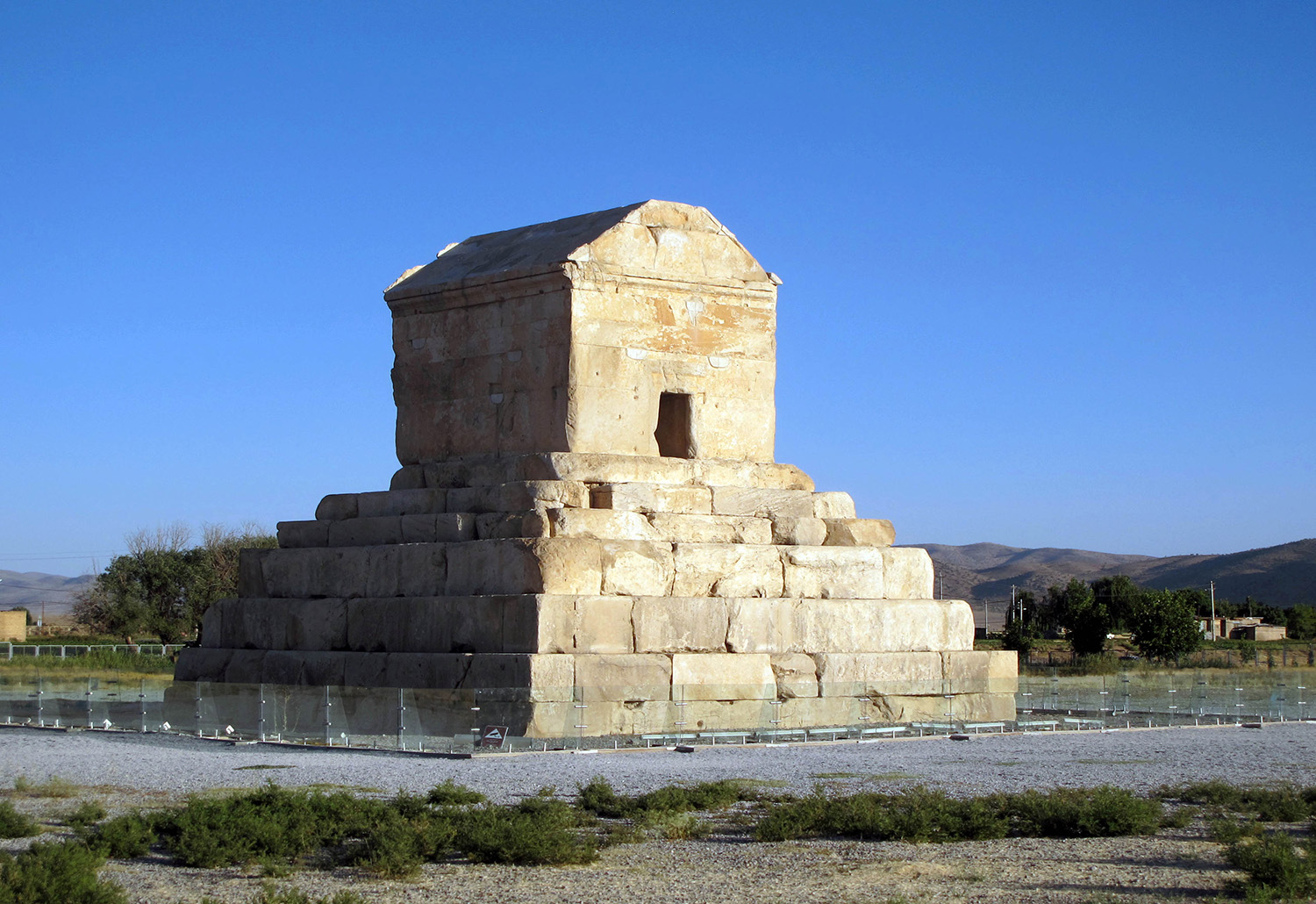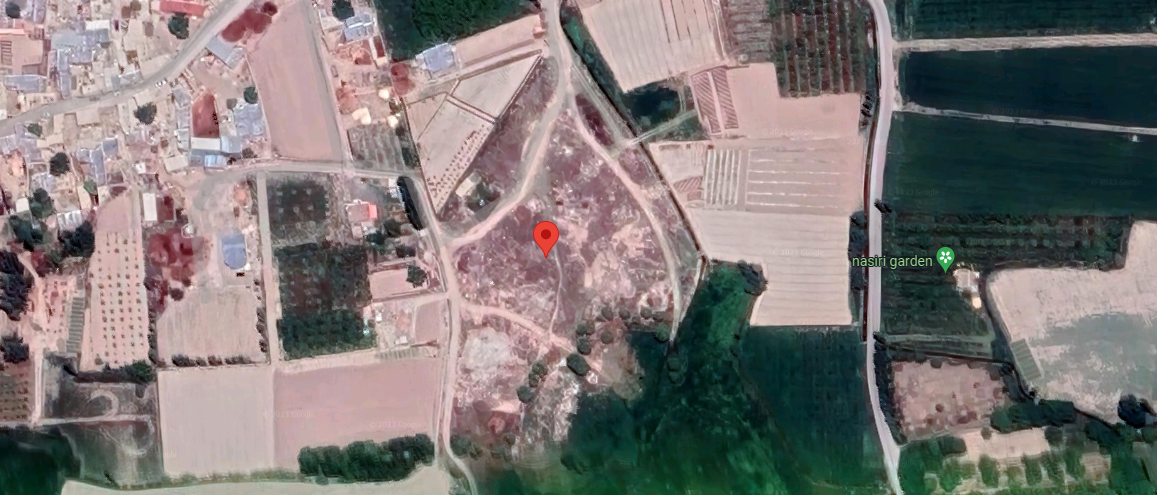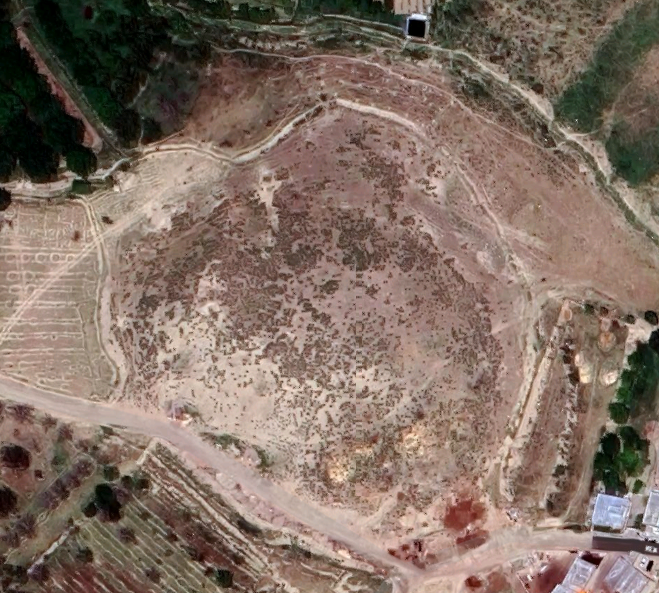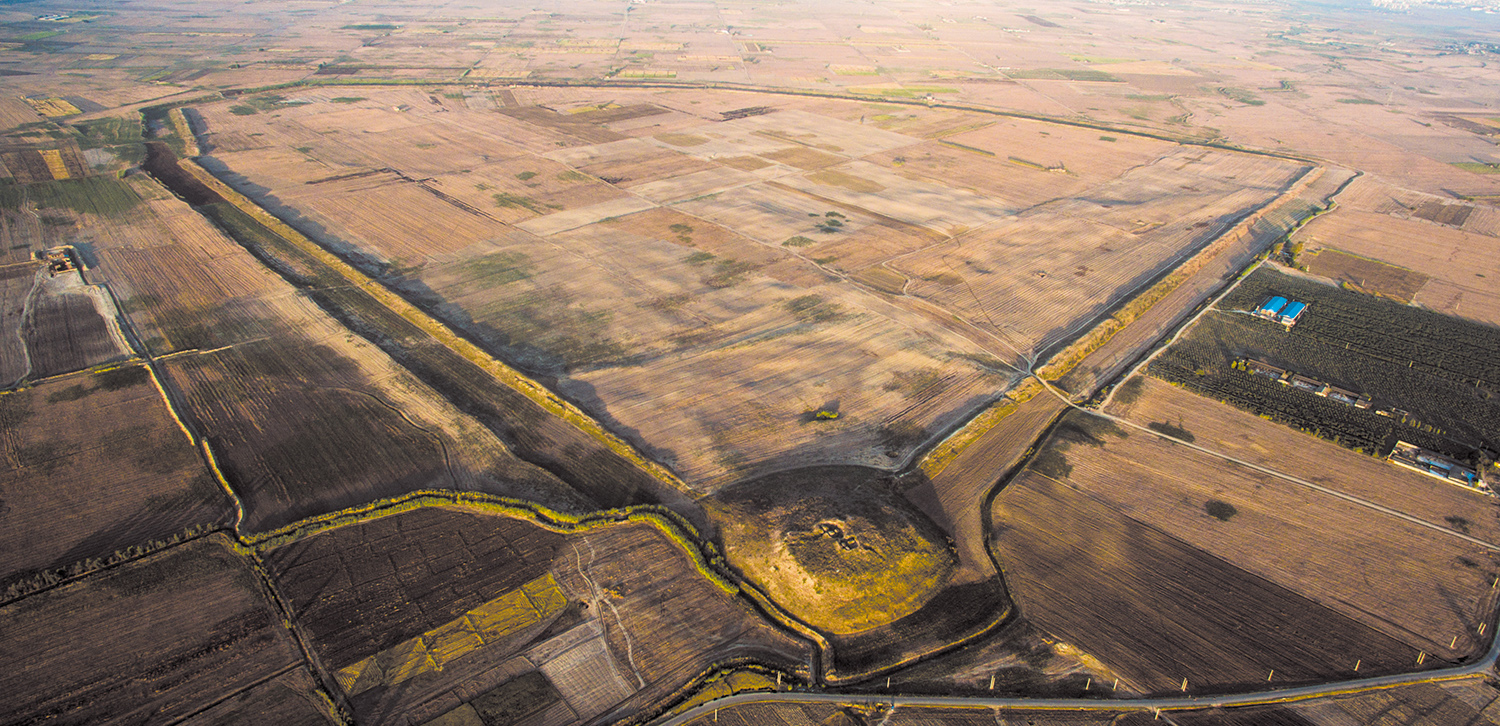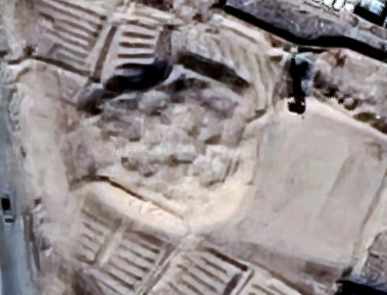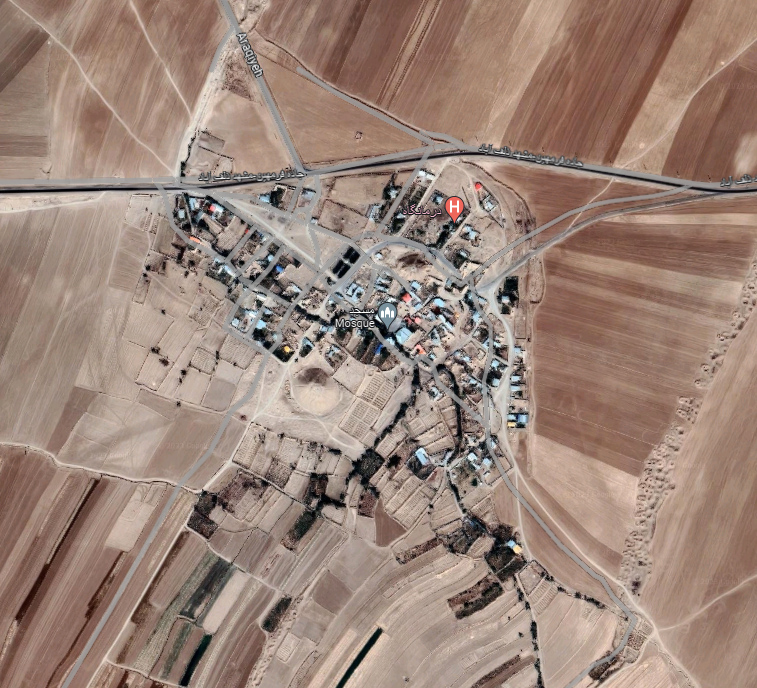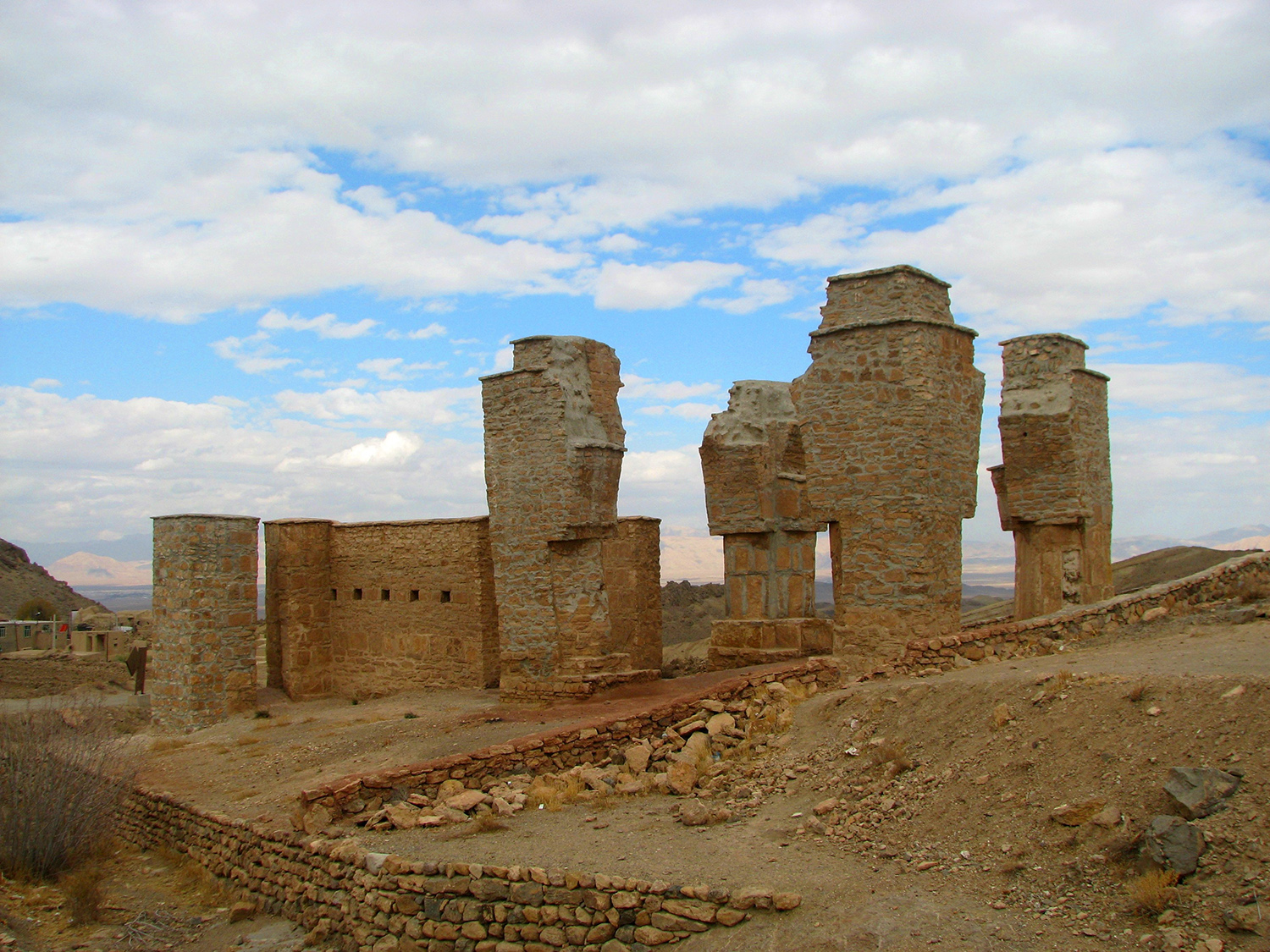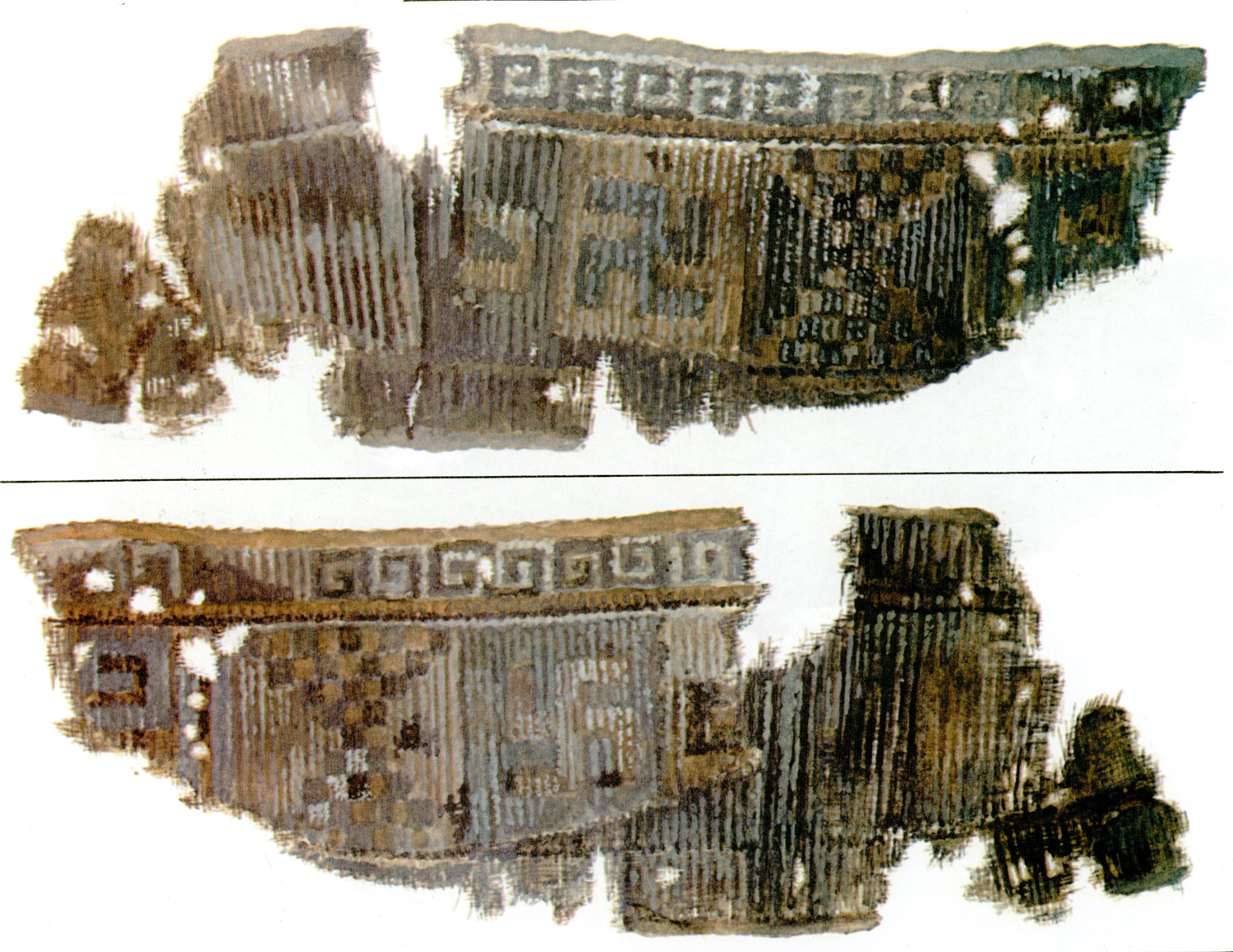Kordlar Tepeکردلر تپه
Location: Kordlar Tepe is located 15 km east of the city of Urmia, in northwestern Iran, West Azarbaijan Province.
37°33’48.9″N 45°12’50.8″E
Map
Historical Period
Chalcolithic/Bronze Age, Iron Age, Islamic
History and description
Kordlar Tepe is a fairly large mound near the village of Kordlar, 13 km west of Urmia, and only 7 km to the present-day coastline of Lake Urmia. The roughly circular mound is 16 m high and has a diameter of about 250 m. Given the depth of archaeological layers, which are 7 to 8 meters below the present-day base of the mound, the original height would be more than 22 m.
The excavations by an Austrian team in the 1970s revealed five archaeological periods at Kordlar Tepe.
Period V: The oldest remains consist of modest buildings made of pisé. Characteristic painted pottery of this period is red-brown on buff with geometric motifs or schematic representations of an ibex and axe.
Period IV: Adjacent to the enclosing wall of the old town, there was a large mud-brick building built on stone foundations. It had an 8 x 8 m central hall, which could be partially roofed like an alcove. Mud benches ran along the walls, as in most of the other rooms. A hearth in this atrium, furnished with a pair of animal-shaped firedogs. Pottery is predominantly painted with animal motifs of deer and ibex. Several striking differences in the function of the rooms can be seen in the distribution of the plentiful finds. The entrance area and its superstructure contain more elegant earthenware, weapons, pieces of horse harness, jewelry, and large storage vessels. A number of smaller everyday vessels and household tools were found in the hall, including grinding stones and spindle whorls. There was also more elegant pottery, which the excavator calls “Palaceware”. This finer pottery could only be found in the adjacent long room of the hall. This building stands out from the other, smaller houses in the area. Period IV ended in a general fire that appears to have been accompanied by an attack by an enemy. Among the fire debris were several skeletons of men, women, and children, some with earrings and necklaces.
Period III and II: In Period III the manor house was renovated and surrounded by its own courtyard wall with towers. After repeated destruction by fire, additional fortifications were built in Period II B. Finally, in the last associated construction phase II A, a block-shaped, fortress-like building with very wide walls was erected at a great expense within a mighty defensive wall, covering the east flank of the mound and probably adjacent structures.
Thus, building horizons IV to IIA show a continuous, coherent development. This also applies to the range of ceramic shapes. Both the architecture and the vessel typology of this period show echoes of Late Bronze Age Anatolia. Incidentally, from the settlement period II A, iron objects such as pieces of jewelry are found for the first time. Several graves, each dug into the rubble of the previous construction phase and containing grave goods, have been found in the remains of The radiocarbon dates for the end of Period II is around 1050 BC.
Period I: Period I shows a break from the constructions of the previous periods. Simple huts with narrow walls in pisé were now built, or in some places, modest extensions were added to the older ruins. On the other hand, parts of the city wall were reinforced and covered with stone blocks. The pottery is often sculpted or decorated with incisions, characterized by humped vessels with double handles or vessels with warts. This settlement Period I at Kordlar is probably contemporaneous with Hasanlu IV in the southern part of Lake Urmia, and can be dated to the 10th century B.C. Tepe Kordlar's Period I population lived rather isolated from the Assyrian and Urartian urban centers in the west. In any case, no corresponding finds have been made or found here. At the end of the 9th century, the fortified town and its settlement perished violently in a general fire.
Finally, a small group of graves in the immediate surface area of the developed excavation field should be pointed out; which can be dated to the 12th century A.D. based on accessories from weapons and jewelry as well as implements. Of particular interest are the surviving garments made of silver and gold brocade, silk, and linen and showing multicolored patterns; their origin can be traced back to Arabic weaving. The excavator identifies the people buried here as members of a tribe from the southern Russian steppes.
Archaeological Exploration
Kordlar Tepe was excavated by a team from the University of Innsbruck, Austria, first led by Karl Kromer from 1971 to 1974, then by Andreas Lippert between 1975 and 1978.
Finds
Finds: Aside from architectural remains in pisé or in mud-brick, small finds consist of painted and plain ware pottery, bronze weapons, tools, jewelry, iron objects, grinding stones, spindle whores, objects in bone.
Bibliography
Dorner, J., K. Kromer, and A. Lippert, “Die zweite Kampagne der österreichischen Ausgrabungen am Kordlar-Tepe, Aserbaidschan,” Mitteilungen der Anthropologischen Gesellschanft in Wien, vol. 54, 1974, pp. 111-136.
Ehringhaus, H., “Gedanken zur Rekonstruktion des Gebäudes Kordlar Tepe IV in Iranisch West-Azerbaidjan,” Archaeologische Mitteilungen aus Iran, vol. 27, 1994, pp. 49–65.
Kromer, K., “Kordlar Tepe,” Survey of Excavations in Iran: 1971-72, Iran, vol. 11, 1973, pp. 197-199, pl. IX.
Kromer, K. and A. Lippert, “Die österreichischen Ausgrabungen am Kordlar-Tepe in Azerbaidschan,” Mitteilungen der Anthropologischen Gesellschanft in Wien, vol. 106, 1976, pp. 65-82.
Lippert, A., “Kordlar Tepe,” Survey of Excavations in Iran: 1974-75, Iran, vol. 14, 1976, pp. 158-159, pl. I a, b.
Lippert, A., “3. Vorbericht der österreichischen Ausgrabungen am Kordlar-Tepe in Persisch-Aserbaidschan: Kampagne 1974, Mitteilungen der Anthropologischen Gesellschanft in Wien, vol. 106, 1976, p. 83-111.
Lippert, A., “Stand der der österreichischen Ausgrabungen am Kordlar-Tepe, Azarbaijan (1971-1974), Proceedings of the 4th Annual Symposium on Archaeological Research in Iran 1975, F. Bagherzadeh (ed.), Tehran, 1976, pp. 243-256.
Lippert, A., “Kordlar Tepe,” Survey of Excavations in Iran: 1976, Iran, vol. 15, 1977, pp. 174-177.
Lippert, A., “Drei mittelalterliche Bestattungen am Kordlar Tepe,” Archaeologische Mitteilungen aus Iran, vol. 11, 1978, pp. 167–174.
Lippert, A., “Die österreichischen Ausgrabungen am Kordlar Tepe in Persisch-West Aserbeidschan (1971-1978),” Archaeologische Mitteilungen aus Iran, vol. 12, 1979, pp. 103–154.
Lippert, A., “Die Gluthauben vom Kordlar-Tepe (Persisch-Westaserbeidschan)”, Iranica Antiqua, vol. 16, 1981, pp. 71-89.
Lippert, A., “Ausgrabungen am Kordlar-Tepe (Persisch-Westaserbeidschand),” Archiv für Orientforschung, vol. 29/30, 1983/1984, pp. 298-299.








